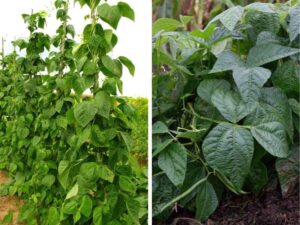A biennial plant is an herbaceous flowering plant that takes two years to complete its life cycle. Biennials grow leaves and live off of the stored food made during their first year when they were considered a rosette-like growth. During this time, it stores energy in roots, stems, and leaves for the second phase of growth. The second year’s cycle will produce flowers as well as seeds that are spread by wind or animals.

Biennial plants can be a great addition to any permaculturalist’s garden. Biennials are typically cold-hardy plants that bloom in colder seasons like winter or early spring when other plants have stopped producing flowers. Many require little maintenance and can have the ability to grow in harsh environments, such as poor soil or too much shade, making them very resilient.
Biennials are usually grown from seeds, but can be propagated vegetatively by stem cuttings or division of the root system.
A few examples of Biennial Plants would be carrots, onions, parsley, fennel, and common mullein.



